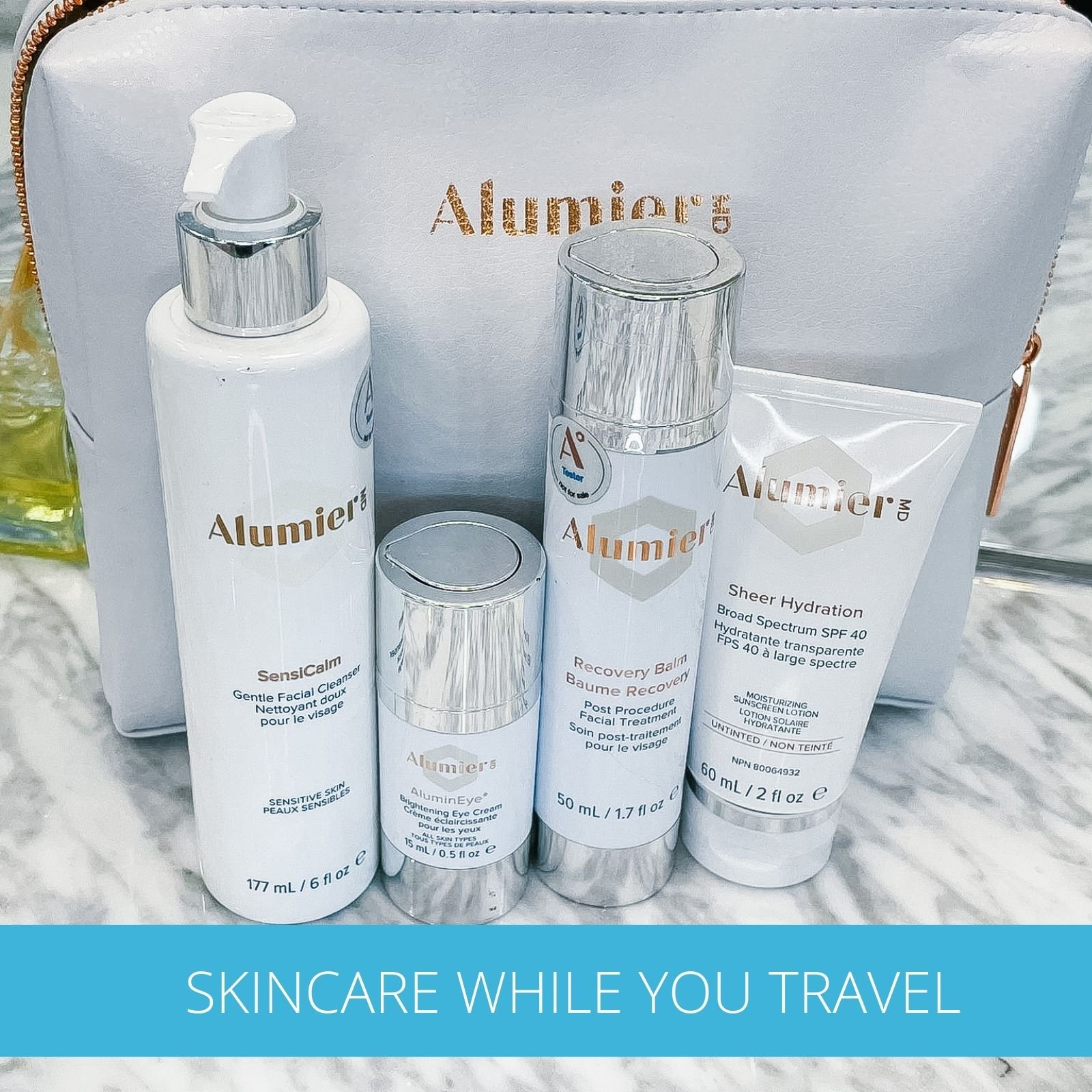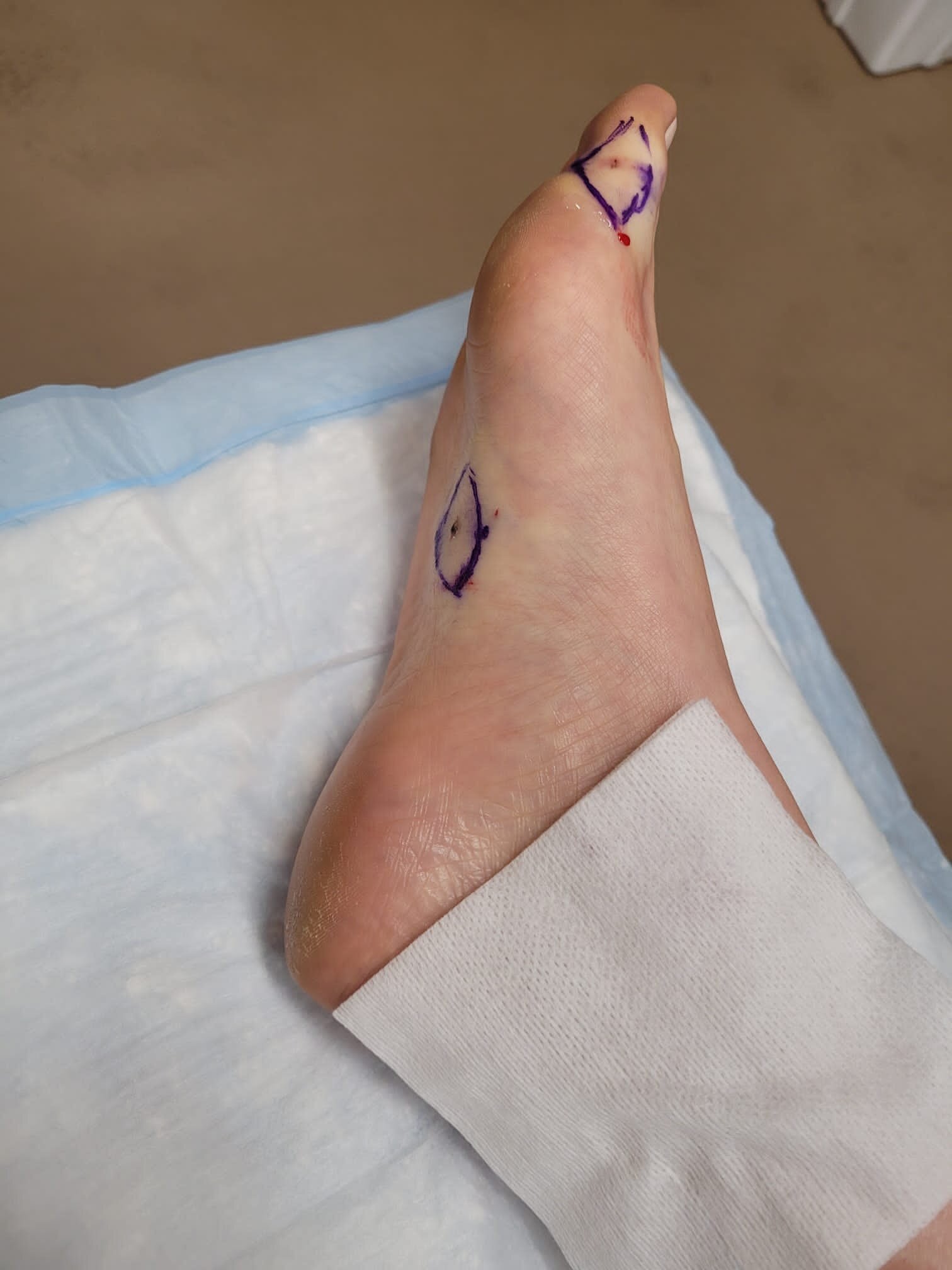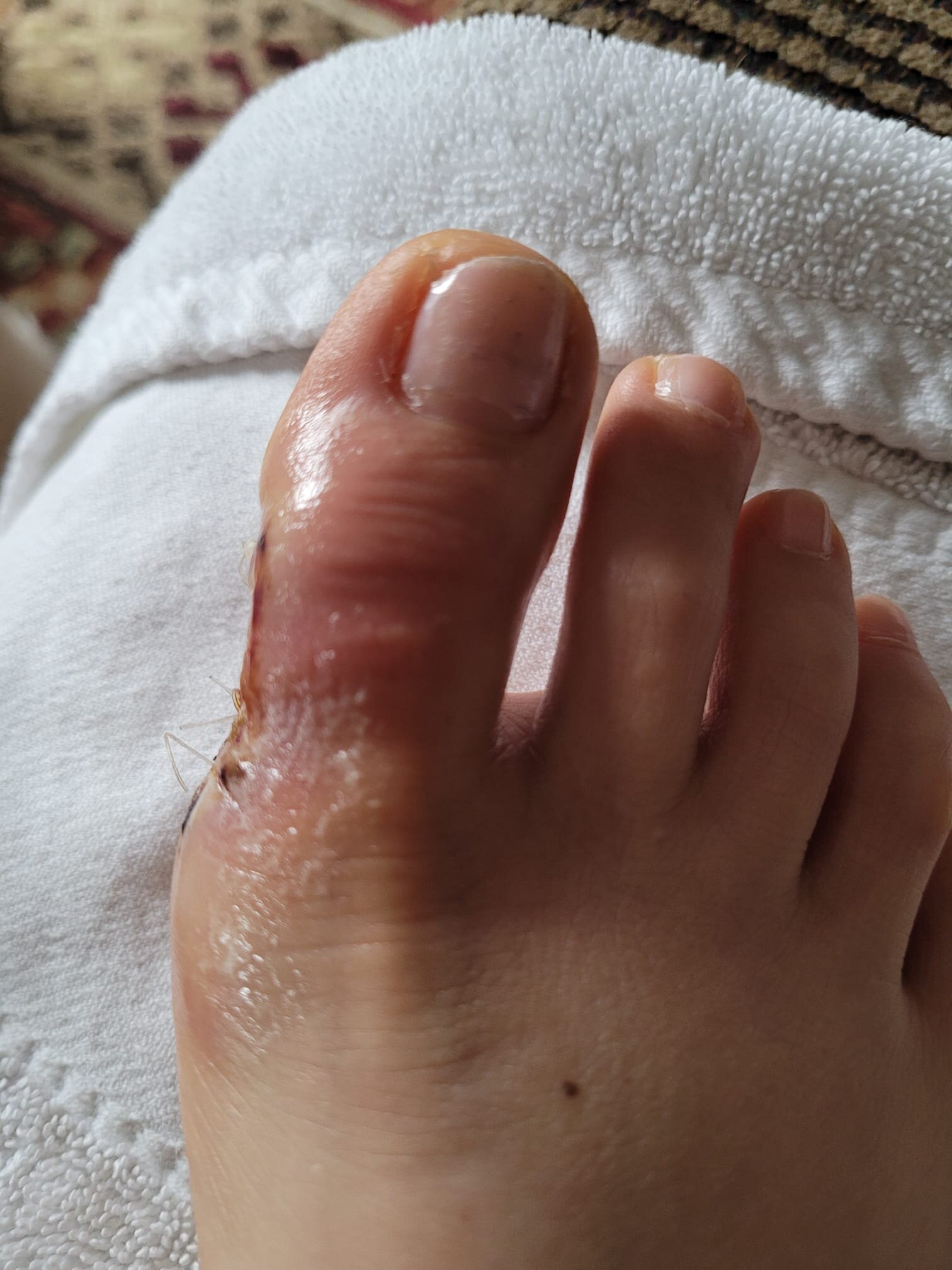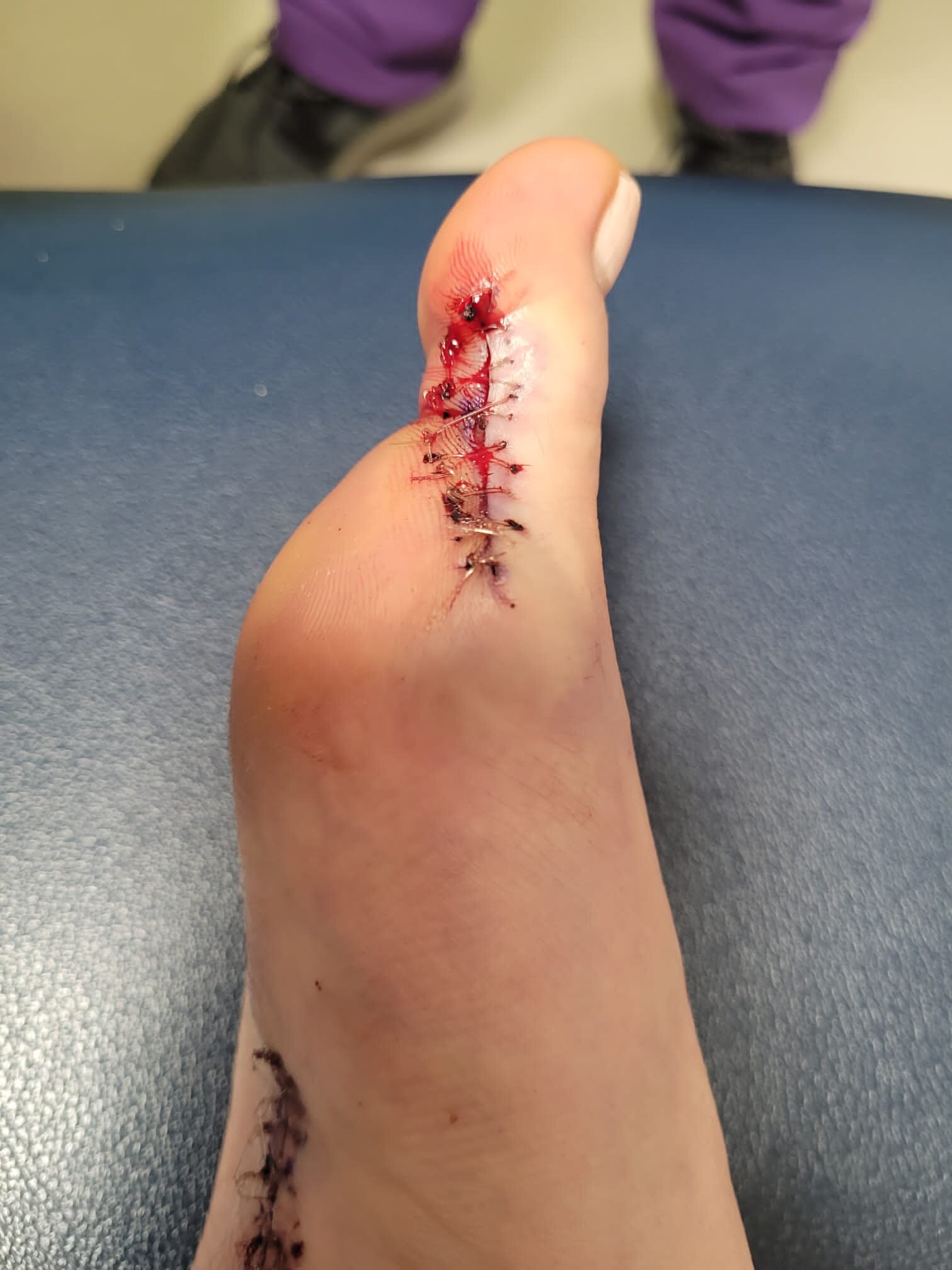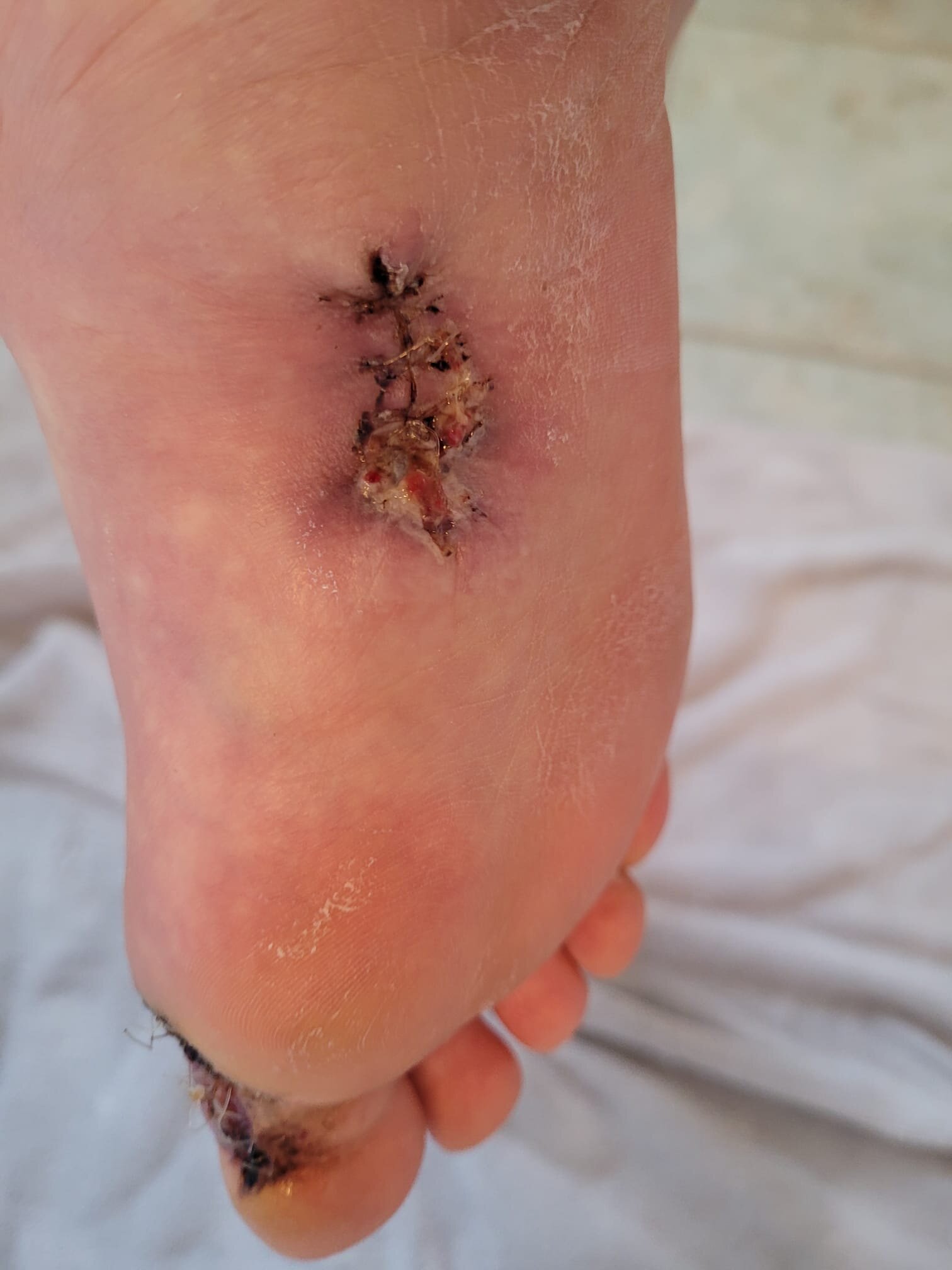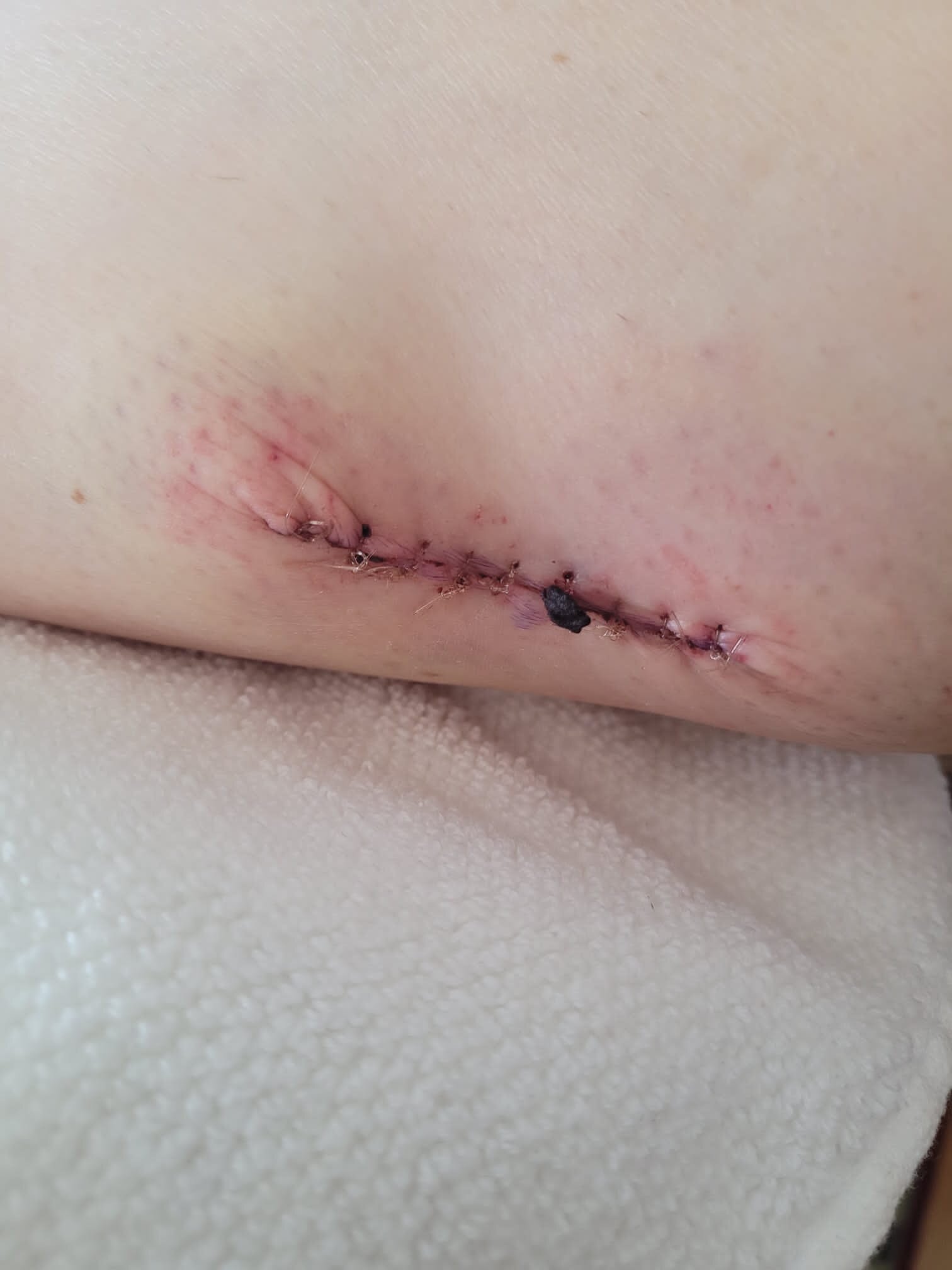We’ve pulled 10 popular lip balms that contain SPF and we’re ranking them. As in the past, our scale is as follows:
Low Risk: contains mild-risk chemicals like Avobenzone and Octisalate (Remember, there are risks with all chemical ingredients)
Moderate Risk: contains Homosalate and Octocrylene
High Risk: contains Oxybenzone and Octinoxate (please never use these products, especially on your children.)
Our favourite sunscreens get a Glowing Seal of Approval.
How do your favourites stack up?? SPOILER ALERT: they almost all fail.
In the High-Risk Category:
· Aquaphor Lip Protectant + Sunscreen
Active Ingredients: Avobenzone 3.0, Octinoxate 6.75%, Octisalate 4.5%, Octocrylene 2.0%, Oxybenzone 5.4%, Petrolatum 31.0%
· Banana Boat Sport SPF 15
Active Ingredients: Avobenzone (2.0%), Octocrylene (10.0%), Oxybenzone (6.0%)
· Blistex Medicated Lip Balm with 15 SPF
Active Ingredients: Dimethicone (2.00%), Octinoxate (6.6%), Octisalate (4.4%)
· Carmex SPF 15
Active Ingredients: Octinoxate (7.5%), Oxybenzone (4%), White Petroleum (35%)
· JB Moisture Therapy Lip Balm SPF 25
Active Ingredients: Avobenzone 3.0% and Octinoxate 7.5%, Petrolatum 40.2%
· Sun Bum Lip balm with 30 SPF
Active Ingredients: Avobenzone (2.00%), Homosalate (15.00%), Octinoxate (7.50%), Octisalate (5.00%)
· EltaMD UV Lip Balm Broad-Spectrum SPF 36
Active Ingredients: Octinoxate (7.5%), Zinc Oxide (7.0%)
In the Moderate Risk Category:
· Coola Lip Luxe SPF 30
Active Ingredients: Avobenzone 3.0%, Homosalate 4.0%, Octisalate 4.0%, Octocrylene 10.0%
In the Low to No Risk Category:
· Burt’s Bees All Weather Moisturizing Lip Balm SPF 15
Active Ingredients: Zinc Oxide (11%)
Did you know that we carry the Jane Iredale Lip Drink with SPF 15 and the ONLY active ingredient is Titanium Dioxide? You might want to pick one up the next time you're in.












